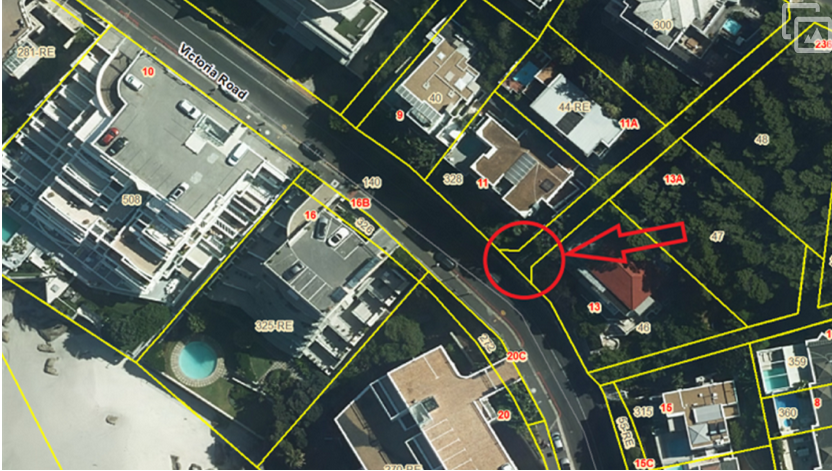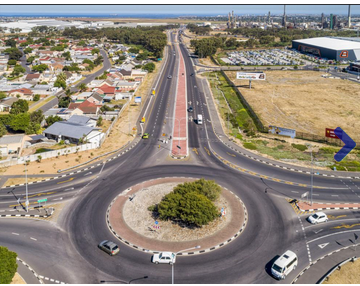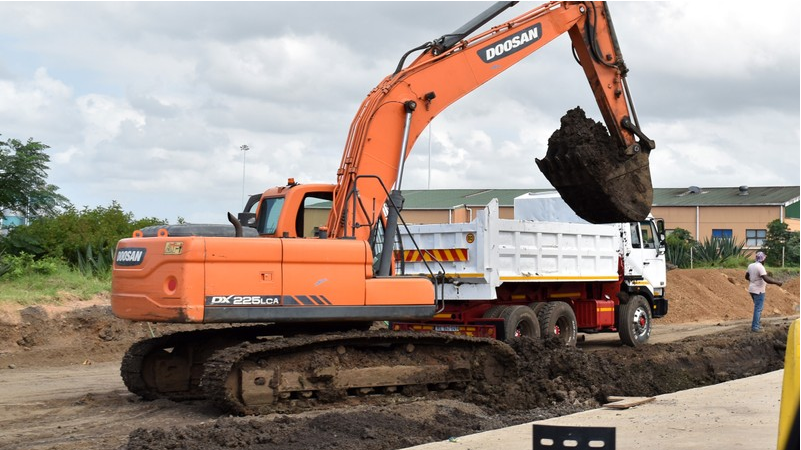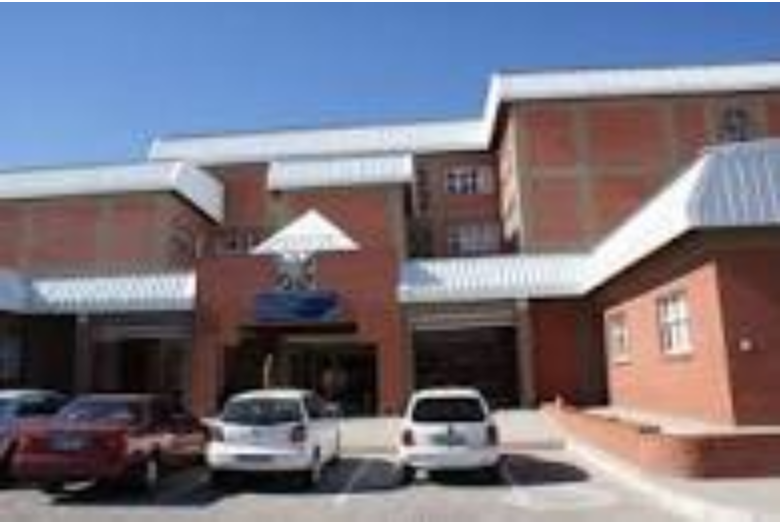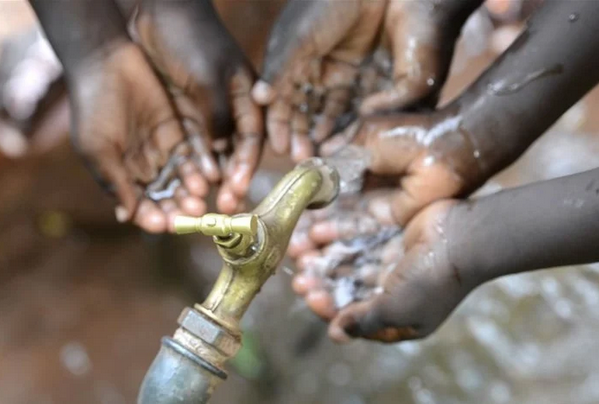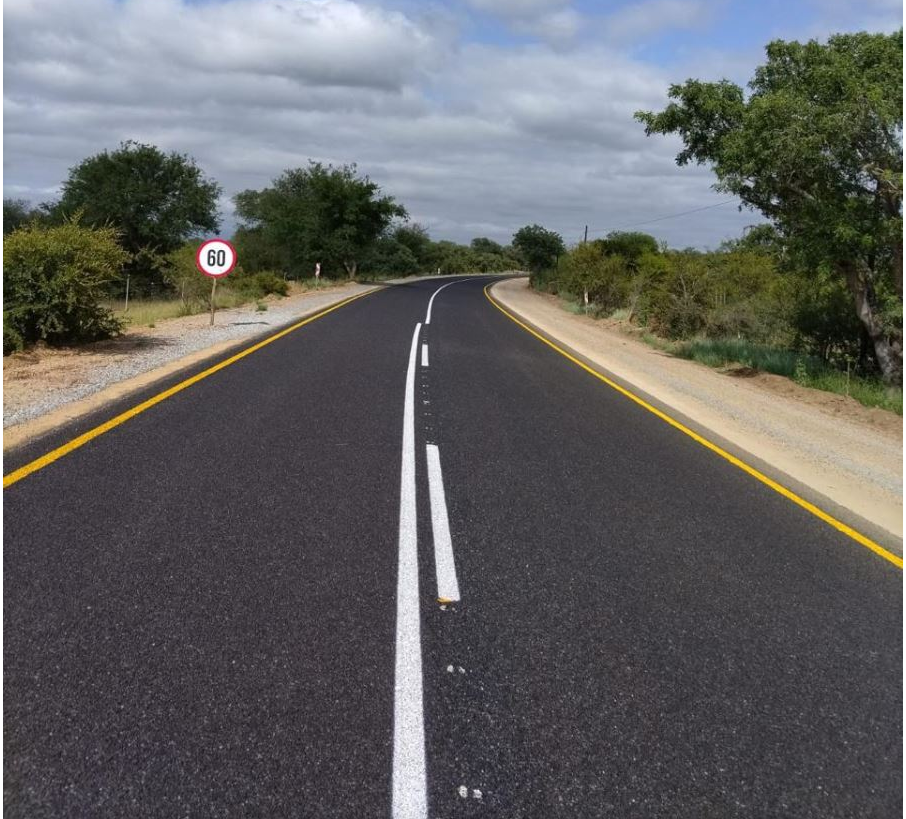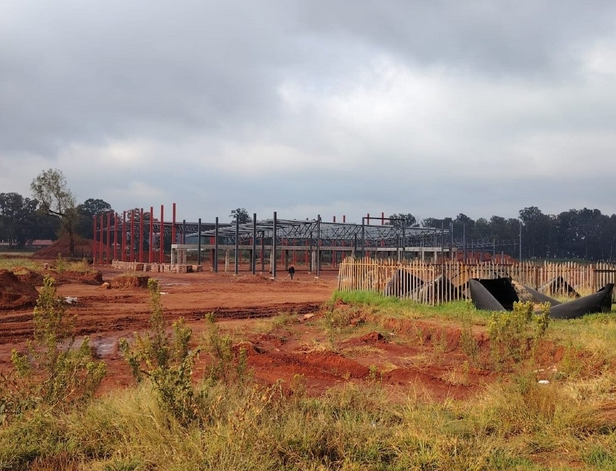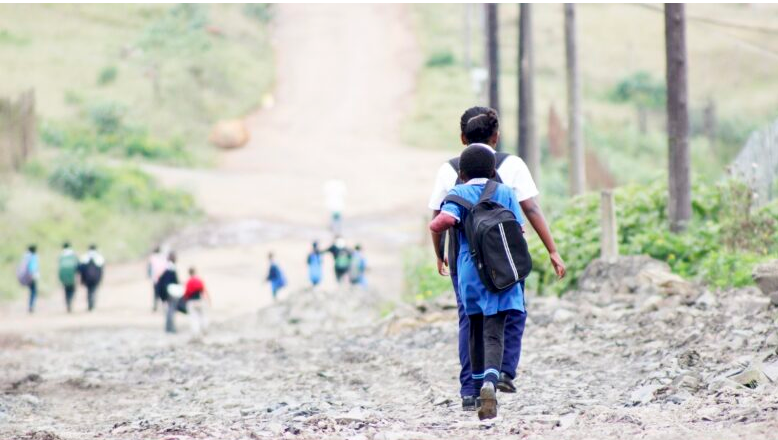SA power plant is the 4th dirtiest in the world - Dirty Dozen
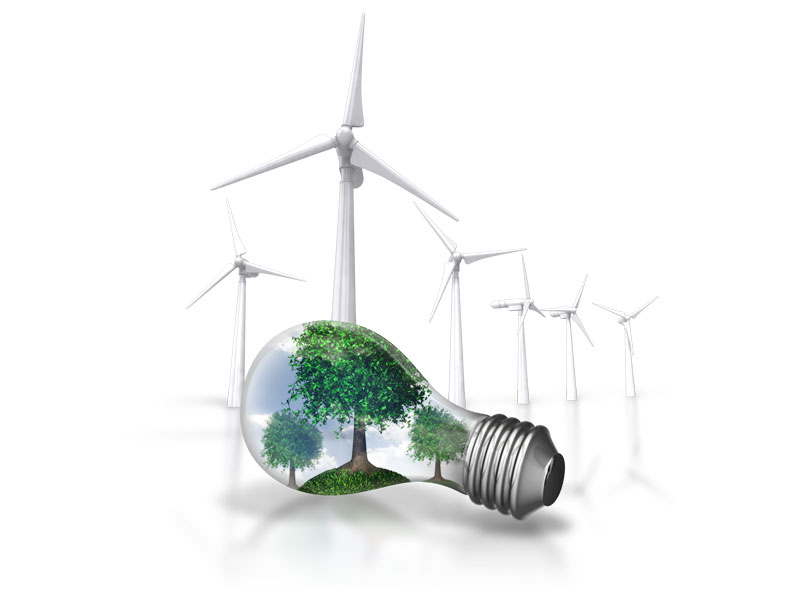
14-12-2017
Read : 125 times
IOL
Source
CAPE TOWN - Thabametsi coal-fired power plant has been listed among the 12 Dirty Dozen projects as the world leaders and global financial institutions gathered for the One Planet Summit in Paris on Tuesday.
This summit was organised by President of France, Emmanuel Macron under the banner 'Big Shift Global campaign' aimed to highlight the massive finance gap remaining to shift away from fossil fuels towards clean energy.
According to Dirty Projects' breifing statement, "These dozen projects are not necessarily the worst or biggest fossil fuel projects benefiting from public finance, but at the One Planet Summit in Paris, France, the Big Shift Global campaign and its partners present these projects as examples of the kinds of activity that communities and concerned citizens across the world want public finance institutions to stop supporting with taxpayer money".
Environmental groups which have studied the project's impact assessment said the plant's emissions - 8.2 million tons of CO2 equivalent per year - are worse than existing and older Eskom plants. This would make it one of the highest emitting plants, emitting 60% more than Medupi or Kusile, Fin24 reported.
Thabametsi is a planned 630MW coal-fired power plant to be located in Limpopo which is funded by Marubeni Corporation in Japan and KEPCO in South Korea.
It is believed that the project looks at sourcing funds from 12 lenders including: Standard bank, Absa, Nedbank, the South African Public Investment Corporation, the Development Bank of Southern Africa, the Industrial Development Corporation and the Rand Merchant Bank.
Meanwhile Moody's recently noted that the South African renewable energy market has grown rapidly over the last five years, and there is rising demand for renewables debt.
Although coal still provides around three-quarters of SA’s energy, the government aims to increase the country’s renewable capacity to about 17.8GW by 2030, compared to 1.9GW in June 2015.
Recent News
Here are recent news articles from the Building and Construction Industry.
Have you signed up for your free copy yet?
